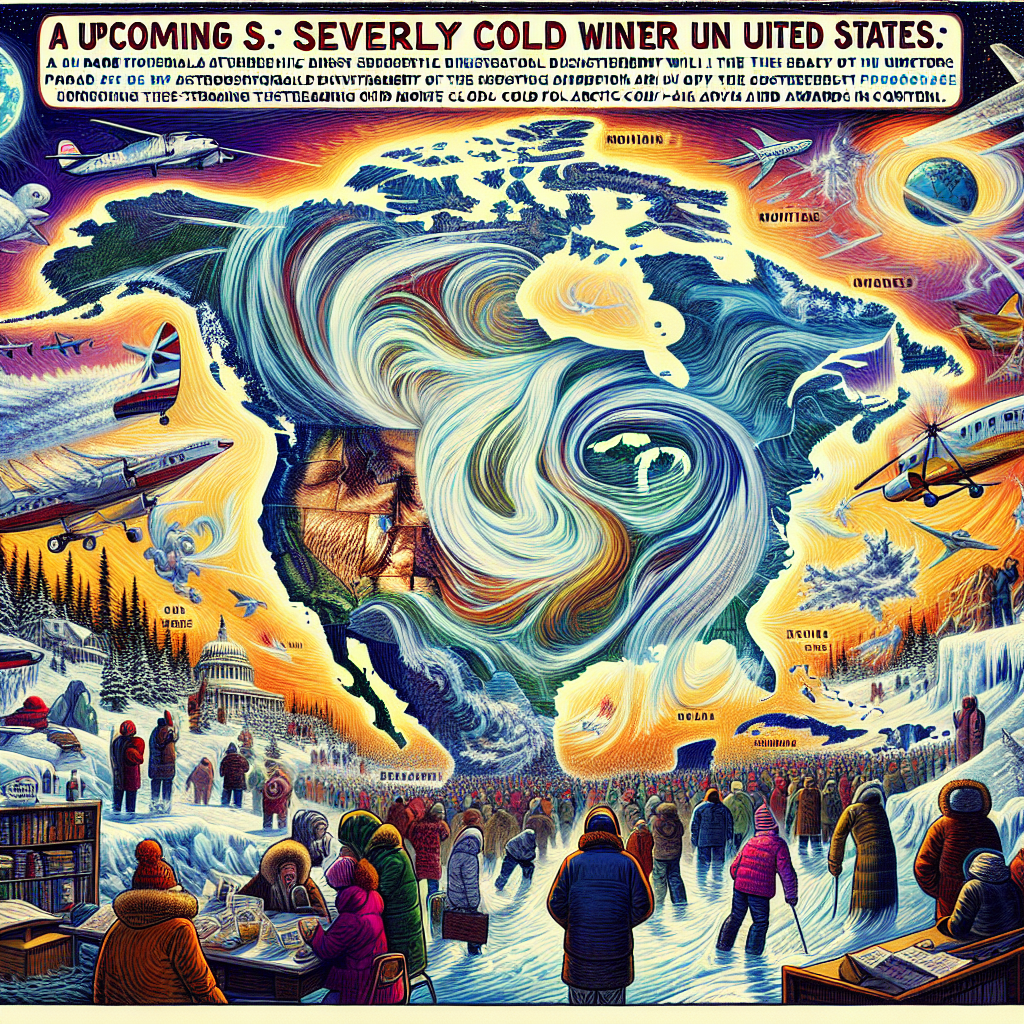The United States is about to experience an unusually cold winter “premiere”. Meteorologists are warning of a rare atmospheric disturbance involving the Polar Vortex, which is expected to push the most extreme cold air from the Arctic towards the United States in early December. Residents in at least 35 states will face the threat of “deadly cold” as a result.
Experts predict that the timing and intensity of this cold spell are extraordinary and could severely impact holiday travel from Thanksgiving to Christmas.
The National Weather Service’s Climate Prediction Center has indicated that unusually cold weather is highly likely in the northern and northeastern parts of the United States in early December.
Judah Cohen, a climate scientist at the Massachusetts Institute of Technology, told “USA Today” that the cold in early December is just a warning, with the real challenge coming in mid-December.
“My thought is that the cold in the first week of December is just an appetizer, the main course will come in mid-December.”
According to Cohen’s predictive models, by the third week of December, a vast area covering at least 35 states from the Canadian prairies to the east coast of the United States is most likely to experience extreme cold temperatures.
The cold spell will first impact the Midwest, Great Lakes region, and the Northeast. Temperatures could plummet below zero degrees Fahrenheit (approximately below minus 18 degrees Celsius), with even more extreme lows possible in Montana and North Dakota.
The early onset of this severe cold is not a random event, but is determined by the complex and variable large-scale climate patterns above our heads, with the core being the fluctuation of the Polar Vortex.
The Polar Vortex is a mass of extremely cold air swirling above the Arctic. When it weakens or deforms due to sudden warming in the stratosphere or other atmospheric disturbances, the cold air breaks off and moves southward, resulting in extreme cold temperatures.
According to experts cited by “India Today”, when this vortex is unstable, even in November or early December, places far from the Arctic can suddenly be plunged into severe winter conditions.
This wave of cold presents a serious challenge for millions of holiday travelers and will significantly impact flights, train services, and city transport.
“Time Magazine” warns that snow-covered highways and train cancellations are likely scenarios for winter travel this year.
With the water bodies in the Great Lakes region not frozen yet, the cold air moving southward will generate a significant amount of lake-effect snow, rapidly increasing snowfall in the Great Lakes and upper Midwest regions, exacerbating the weather conditions.
Travel experts recommend that travelers not only prepare warm clothing but also have emergency plans in place and ensure flexibility in their bookings to cope with potentially weeks of severe cold.

